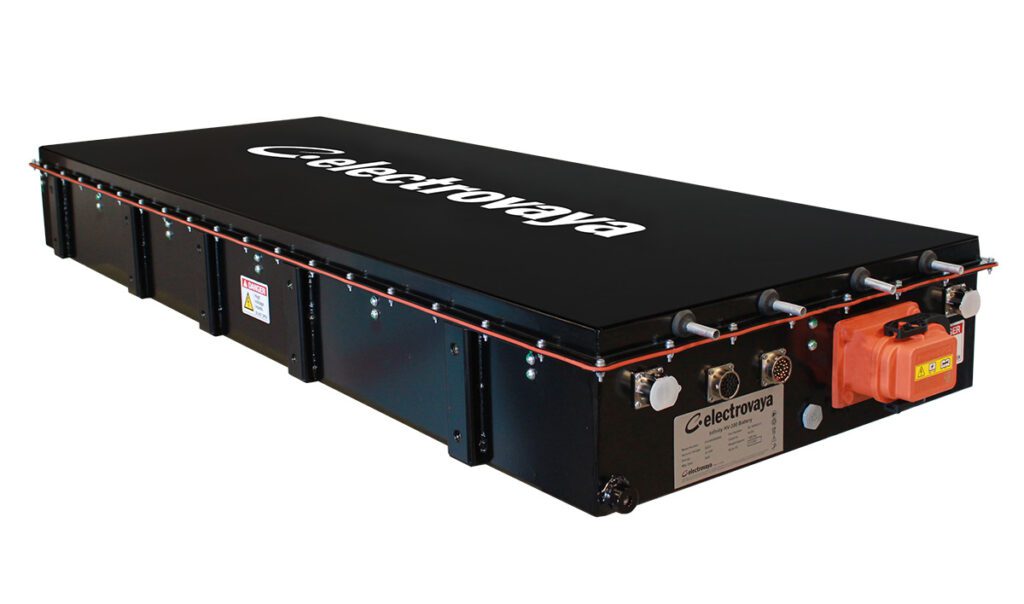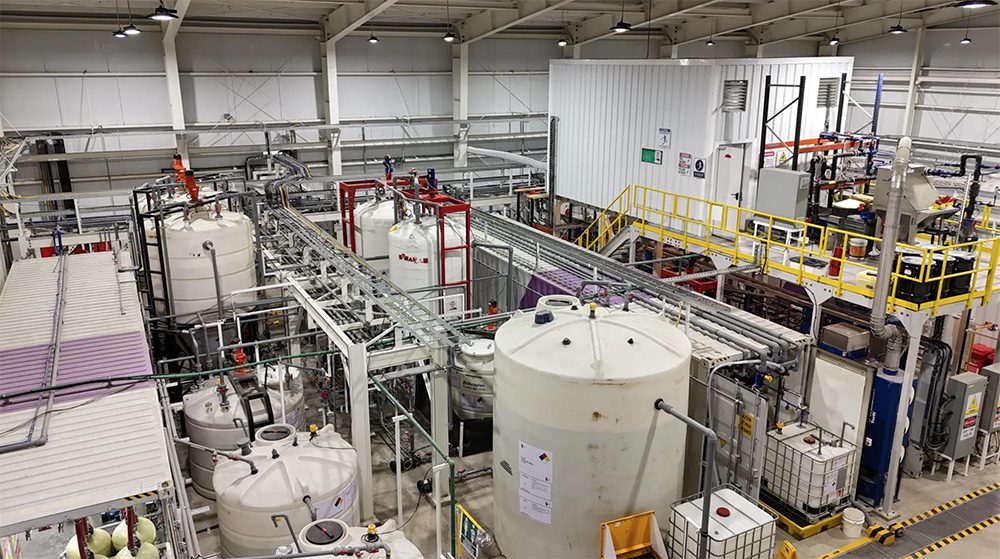Tesla’s earnings report for the third quarter of 2013, released Tuesday, told a tale of steady, if modest, progress on almost all fronts. The company delivered a record number of vehicles, increased its gross margins, increased its cash balance – and either earned or lost money, depending on how you’re counting.
Just over 5,500 Model S were delivered in the quarter, including over 1,000 deliveries to European customers. Tesla is now producing 550 cars per week, and plans to increase production over the next several quarters to keep up with growing demand. It has expanded its agreement with battery supplier Panasonic, which will increase production capacity to supply Tesla with a minimum of 1.8 billion lithium-ion cells over four years.
Tesla improved its vehicle gross margin (the amount of cash it makes on every sale) to 21%, compared to 14% last quarter. Process efficiencies, design improvements and reduction of waste in the supply chain allowed the company to reduce costs, while a shift towards pricier 85 kWh battery pack models and European orders with more options improved the top line.
Demand for Model S continues to grow in North America and Europe. Tesla has begun taking reservations in China, and now plans to make its first deliveries there in Q1 2014. The company has found that opening a service center in a new geographic area seems to increase demand, so it’s pushing ahead with opening new facilities (don’t call them stores) – it now has 100 locations worldwide, a 20% expansion since the previous quarter.
The Supercharger network is also proving highly popular. Tesla now has 31 stations in North America, and six in Norway, where Model S sales have been stellar. The next frontier is Germany, where Tesla plans to upgrade to faster 135 kW charging. By the end of 2014, it predicts that the Supercharger network will cover most of Western Europe.
Tesla reported GAAP (Generally Accepted Accounting Principles) revenue of $431 million, an improvement of 6% over the previous quarter, and an eightfold improvement over a year ago. The company reported a GAAP net loss of $38 million, or 32 cents per share, which is larger than the previous quarter, and worse than analyst expectations of 25 cents. Non-GAAP earnings were $16 million, or 12 cents per share, which was actually slightly better than analyst estimates of 9-11 cents.
There’s a lot of confusion about GAAP vs non-GAAP reporting, with several media outlets implying that Tesla is using some financial sleight-of-hand to make its earnings seem better than they are. In fact, the main issue involves Tesla’s lease-cum-financing deal. Although the company receives full payment for these cars up front, GAAP requires spreading the revenue over the three-year term of the resale value guarantee. This makes a huge difference, as the financing deal has been very popular – about half of buyers in states where the program is available have taken advantage of it.
Overall, it was a respectable report, with plenty of good implications for the future, but the stock market seemed to focus on that greater-than-expected loss – TSLA shares plummeted on the news, and are down over 13% at this writing. For the messiah of the auto industry, whose stock is up over 400% year-to-date, shattering expectations is expected, so mere modest growth is seen as a setback.
Source: Tesla, Green Car Congress


















































































